Born And Raised To Teach History
I was born to two history fanatics. As such, my early days were devoid of trips to Disney World. Instead every summer my parents would pack up the old brown station wagon with a few sleeping bags and off we would go to visit a myriad of Civil War sites or participate in fife and drum musters. Yes. I learned to play the fife when I was ten.
It was a big surprise to my parents when they heard I was studying to become a teacher given the fact that many of my report cards included variations of teacher complaints about me not being focused or paying attention. My third grade teacher Mrs. Pear even had to separate me from the rest of the students. The only thing that ever kept me quiet was a teacher reading or talking about places and people around the world. Eventually that interest led me to becoming a social studies teacher.
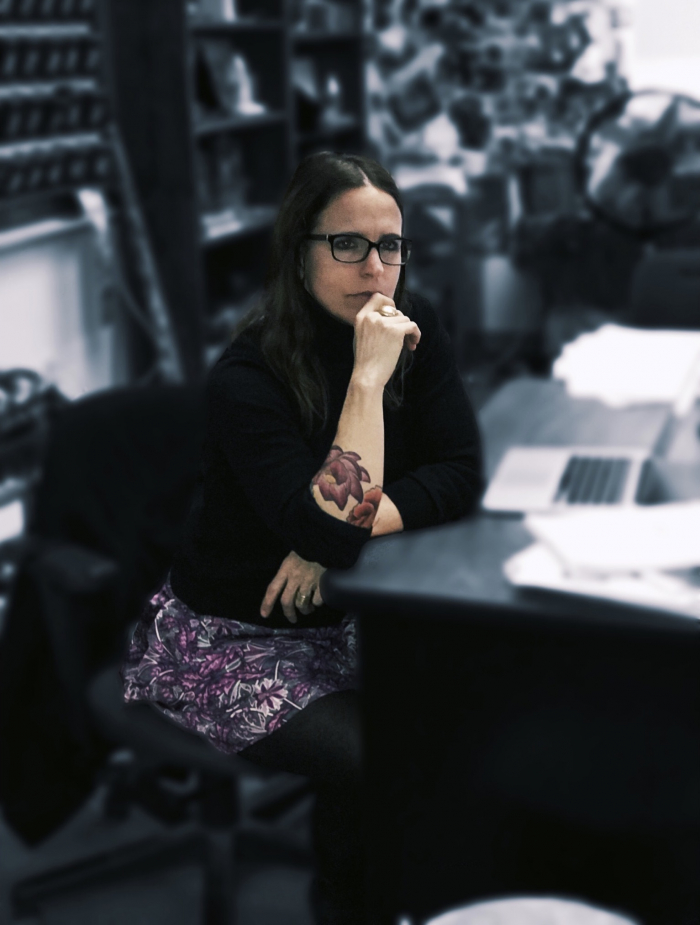
Changing Perspectives
As a teacher, I was lucky enough to participate in a few global professional development programs, two of which were fundamental in changing perspectives I had about the world and how to teach about it. The Fulbright Teachers For Global Classrooms Program taught me the value of students examining world issues and linking the role of history and culture into formulating practical and informed solutions that made sense and increased engagement. The National Geographic Grosvenor Teacher Fellow Program provided me with opportunities to study environmental science and culture firsthand. What I learned during my time in these programs led me to conclude that there is no way that students can study the human world without understanding earth systems and interdependence. A solid understanding of history and culture are absolutely vital to collaboration. Human choices have environmental consequences and solutions are not easy.
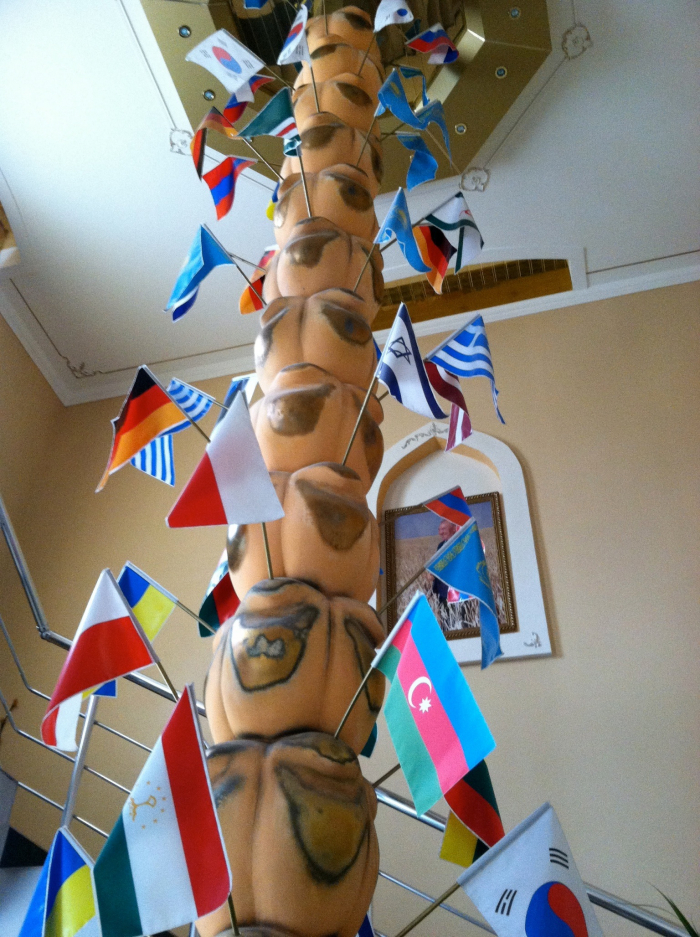
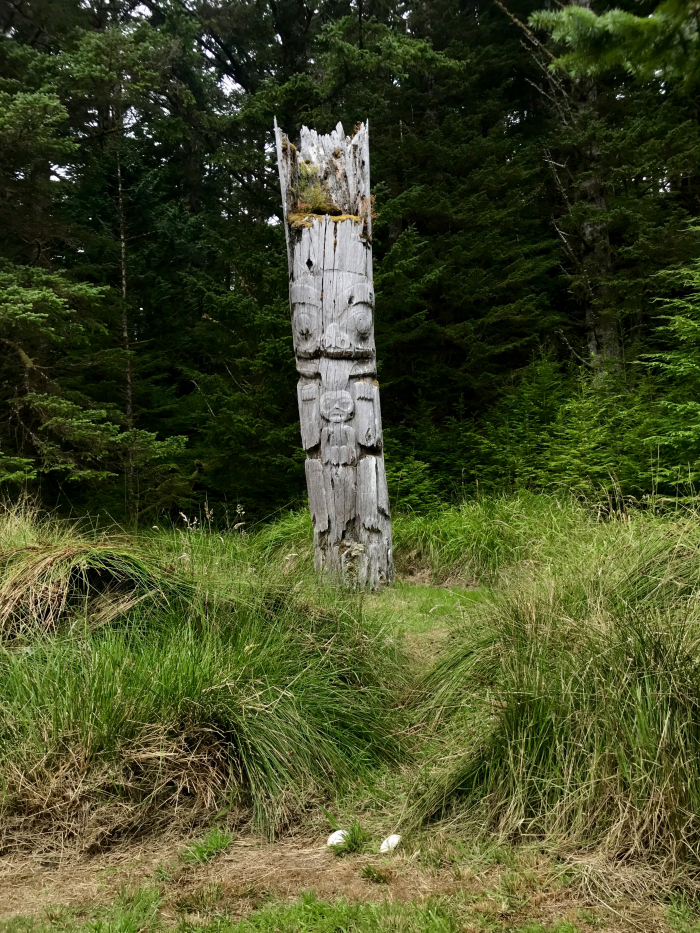
My God. That Is A GlacierA mass of ice that persists for many years and notably deforms and flows under the influence of gravity..
The first time I ever saw a glacier it dropped my jaw. Awestruck is the word I would use to describe it. I was aboard the National Geographic Sea Lion and happened to be on deck alone at 5am. We were in GlacierA mass of ice that persists for many years and notably deforms and flows under the influence of gravity. National Park navigating an inlet towards the Johns Hopkins GlacierA mass of ice that persists for many years and notably deforms and flows under the influence of gravity.. Everything was calm and quiet save the low hum of the ship's engine and the sound of the hull gliding through water. Everything was still until I heard the rumble of the glacier calving. Seals laid out on icebergs didn't seem to mind the movement and looked content bopping up and down. The power of the scene paralyzed me and I stood transfixed with the feeling of just how small and insignificant I was in nature.
[]
Glacial Hydrology, Seismic Tremor What??
One upon a time on a Sunday night my phone rang and I heard the voice of Sarah Bartholow telling me a researcher wanted to have a face to face interview. She started to explain the project. The words that came out of her mouth had my brain scrambling for understanding. Tremor project, subglacial hydrology, surface runoff . . . hmmmm. Truthfully, the majority of what she had to say sounded like a foreign language to me. Science. I will have to translate everything first for myself, and more importantly for my students and community. My mission is twofold; to develop my own science identity learning about glaciology, and develop curriculum and materials that help educate about the vital role glaciers play in the earth system for people who are not scientists. I shall do my best friends.
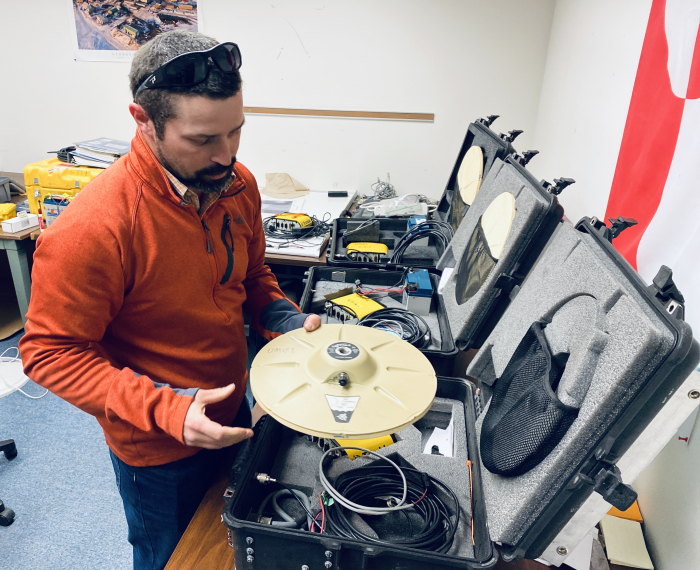
Greenland Subglacial Tremor Project
This project will improve understanding of how increases in surface runoff will influence ice flow and subsequent loss of water mass from the Greenland Ice Sheet to the oceans. Over the next few months posts will concentrate on content knowledge about the Greenland Ice Sheet, glacial hydrology, polar climate change, and tools that scientists use to understand what is going on with glaciers. I am starting small and dreaming big. Long term goals include creating curriculum and classroom strategies and citizen science projects with knowledge gained from content and research field experiences to train the next generation of polar scientists. All information will be shared with students, community, policy makers, and other authentic audiences in hopes that informed knowledge can assist future collaboration addressing social, political, and economic issues related to polar climate change.
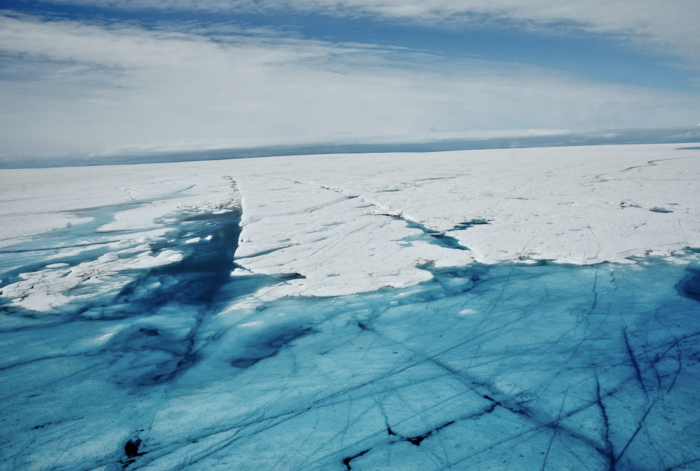


Comments